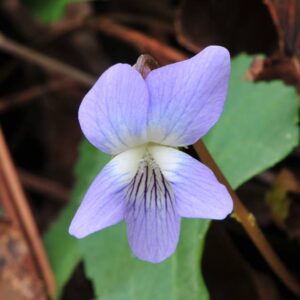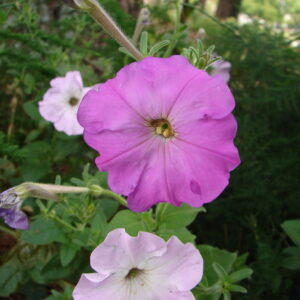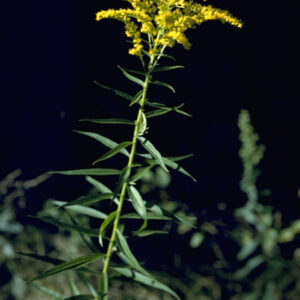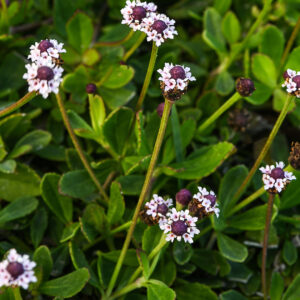$5.00
Description
This is a perfect goldenrod for small gardens. It spreads by seed and the clumps grow bigger with age, but It does not produce stolons and “run” in your garden like many goldenrods. The Basal leaves are evergreen. 4′-8′ tall flowering stalks are produced in the fall. They will also bloom in the spring after mild winters. If you want to make them bushier, cut longer stalks to the ground during Spring and Summer. At least two stalks will come up each time you cut them back. They are native to salt marshes and sand dunes, tolerating salt water and salt wind, and helping to reduce erosion. Wet to dry. Sun or shade. They are usually deer-resistant and make good deer baffles.
Goldenrod flowers attract various kinds of butterflies, beetles, bees, wasps, flies, and true bugs. Among the bees, are such floral visitors as miner bees (Melissodes spp.), Halictid bees, masked bees (Hylaeus spp.), plasterer bees (Colletes spp.), Andrenid bees, dagger bees (Panurginae), and leaf-Cutting bees (Megachile spp.).The soldier beetles, hoverflies, and pirate bugs that come to the flowers are beneficial insects whose larvae and/or adults feed on plant pests. Goldenrod are larval hosts of over 40 different moths. A number of other insects feed on the foliage. The abundance of caterpillars and other insects make goldenrod plants great hunting grounds for mother birds. Many species of birds feed on the seeds. People have harvested goldenrods for medicine and dying cloth for centuries.
Additional information
| Weight | N/A |
|---|---|
| Dimensions | N/A |
| Size | 3.5" pot |






